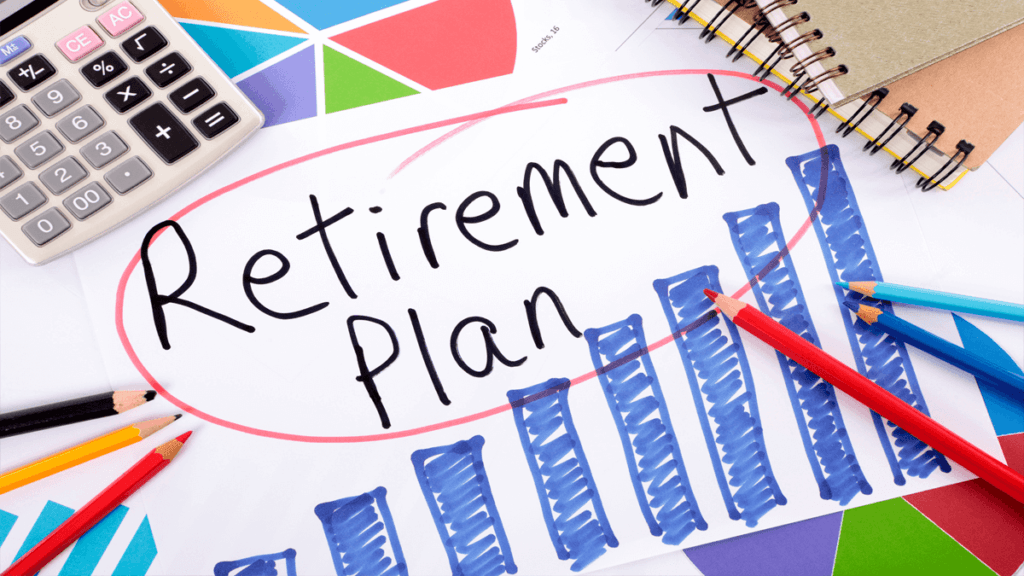Retirement might seem like a distant reality when you’re in your 20s and 30s, but starting early can make a significant difference in securing a comfortable future. Planning for retirement early not only maximizes the power of compound interest but also minimizes financial stress later in life.
Why Should You Plan for Retirement Early?
Many people believe retirement planning is something to consider in their 40s or 50s, but starting early has numerous benefits:
- Compound Growth: The earlier you invest, the more time your money has to grow.
- Financial Security: Early planning helps you avoid financial pitfalls and debts in the future.
- Flexibility: With a solid retirement plan, you can explore more financial opportunities like travel, business, or philanthropy.
Step 1: Set Clear Financial Goals
Before diving into investment options, it’s crucial to establish clear financial goals. Think about:
- When do you want to retire?
- What lifestyle do you envision in retirement?
- How much money will you need monthly?
Use retirement calculators to estimate how much you’ll need to save.
Step 2: Build an Emergency Fund
An emergency fund is essential for handling unforeseen expenses without dipping into your retirement savings. Ideally, save 3-6 months’ worth of living expenses in a liquid, easily accessible account.
Tips for Building an Emergency Fund:
- Set aside a portion of your monthly income.
- Use high-yield savings accounts for better returns.
- Automate your savings to stay consistent.
Step 3: Start Investing Early
Investing is key to growing your wealth over time. Here are popular investment options to consider:

Employer-Sponsored Retirement Plans (401k)
- If your employer offers a 401k plan, contribute enough to get the full match.
- Increase your contribution rate gradually.
Individual Retirement Accounts (IRA)
- Traditional IRA: Tax-deductible contributions; pay taxes upon withdrawal.
- Roth IRA: No tax deduction now, but tax-free withdrawals in retirement.
Other Investment Options
- Mutual Funds: Diversified and managed by professionals.
- Index Funds: Low-cost and track market indices.
- Stocks: Higher risk but potential for higher returns.
Step 4: Create a Budget and Stick to It
Creating a budget helps you track your expenses, reduce debt, and save more. Use the 50/30/20 rule:
- 50% Needs: Rent, utilities, groceries
- 30% Wants: Entertainment, dining out
- 20% Savings: Retirement and emergency fund
Budgeting Tools:
- Mint: Free and user-friendly
- YNAB: Great for zero-based budgeting
- Personal Capital: Ideal for investment tracking
Step 5: Manage and Eliminate Debt
Debt can be a significant obstacle to retirement savings. Prioritize paying off high-interest debts like credit cards and personal loans.
Debt Repayment Strategies:
- Snowball Method: Focus on paying the smallest debts first.
- Avalanche Method: Pay off the highest-interest debts first for long-term savings.
Step 6: Increase Income Streams
The more you earn, the more you can save for retirement. Consider:
- Side Hustles: Freelancing, consulting, or gig work.
- Passive Income: Investments, rental properties, or digital products.
- Skill Upgradation: Pursue certifications or advanced degrees for higher-paying jobs.

Step 7: Regularly Review and Adjust Your Plan
Life circumstances change, and so should your retirement plan. Regularly review your investments, savings, and financial goals every 6-12 months.
When to Adjust:
- Job changes or income fluctuations
- Marriage, children, or major life events
- Market shifts impacting investments
Conclusion
Retirement planning in your 20s and 30s might seem overwhelming, but starting early provides financial freedom and peace of mind. Take action now, set clear goals, and let the power of compounding work for you.
FAQs
Is it too early to plan for retirement in my 20s?
No, the earlier you start, the more you benefit from compound growth.
How much should I save monthly for retirement?
Aim to save 15-20% of your income for retirement.
Can I retire early if I start saving in my 20s?
Yes, early saving increases the possibility of early retirement, depending on your goals.
What if I can’t afford to save much now?
Start with small, consistent contributions and increase them over time.

Latest News Post is a leading digital news platform delivering timely updates across technology, entertainment, lifestyle, business, and world news. Our team of dedicated writers and editors is committed to providing high-quality, SEO-optimized, and engaging content designed to keep readers informed, inspired, and ahead of the curve.